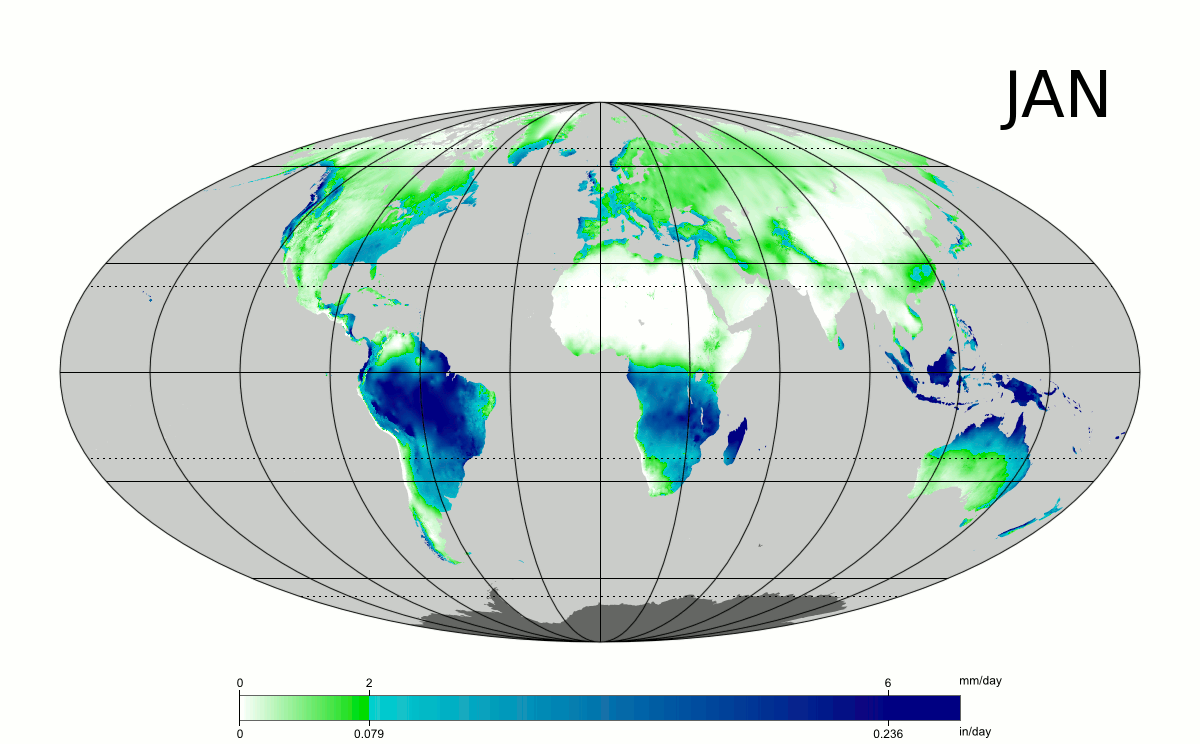
Climate Change
STEM
Sustainability
Edward Hessler
A study published in the scientific journal Nature on December 7 2017
by Patrick Brown and Ken Caldeira of the Global Department of the Carnegie Institution for Science in
Stanford, CA made me sit up straighter.
Brown and Caldeira did a statistical study of the many climate change
simulations/models. The study is protected by a firewall (a
paywall!) but the abstract is alarming. If true it is not news we want to hear.
It is well known that estimates made by the various complex climate models
vary even under the same scenarios. The study is not the final word but it has opened a door to research.
What Brown and Caldeira did was compare how well various model
projections compared with actual top-of-the-atmosphere observations or as they
put it “constrain the model projections with observations” of incoming and
outgoing radiation, the final arbiter in controlling the Earth’s temperature.
The models that did the best job of measuring the difference between these radiations are those that suggest there will be more
warming in the future than those that do not.
The International Panel on Climate Change reports combine the models which leads to a range of possible climate change scenarios. The Brown-Caldeira study looked at the models individually and asked how well they do under certain conditions.
The take home message from the abstract is enough to attract attention. "Our results suggest that achieving any given global temperature stabilization target will require steeper greenhouse gas emissions reductions than previously calculated." Ratcheting down to zero or near zero carbon emissions even under the current scenario is not going to be a trivial task.
Of course, this is science, and these results are preliminary and will be the subject of further research, analysis and discussion but it seems seems to me an important lead into the territory.
I did a Google search after writing this post not expecting to find much. I should have known better. Science writers have access to the full paper and it is the kind of report that attracts attention. Reporters were on it. Here are two, one from Physics.org. The other is by Chris Mooney of Washington Post which I strongly recommend. It is much more nuanced than my take based on the abstract. It quotes several scientists on this study.
Mooney includes a comment I especially like from Gavin Schmidt, who directs NASA's Goddard Institute for Space Studies since it captures the practice of science. But we should always remember that it's the consilience of evidence in such a complex area that usually gives you robust predictions. Consilience is the agreement among various lines of evidence. Schmidt also noted that "the increase in warming in the better models found in this study was relatively small.
350.Org was founded in 2008 and named after what was regarded as the safe amount of atmospheric carbon dioxide in ppm. So how are we doing? Below are a couple of recent numbers.
For November 2016: 403.53 ppm
For November 2017: 505.14 ppm
350.Org was founded in 2008 and named after what was regarded as the safe amount of atmospheric carbon dioxide in ppm. So how are we doing? Below are a couple of recent numbers.
For November 2016: 403.53 ppm
For November 2017: 505.14 ppm

 CGEE Student Voice
CGEE Student Voice
No comments:
Post a Comment